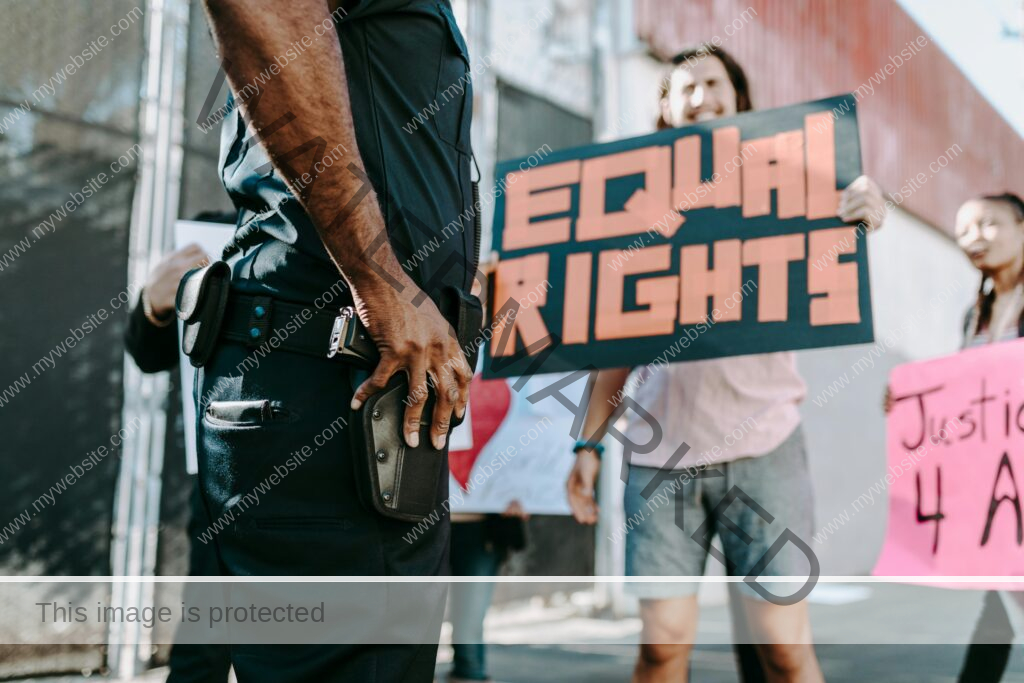
The Police Duty to Intervene: Ethics, Law, and Accountability
The Responsibilities of Law Enforcement Officers to Prevent Misconduct
Introduction
Modern policing is defined not only by the authority officers wield but also by the ethical and legal obligations they carry. Among these responsibilities is the “duty to intervene,” a principle that requires law enforcement officers to act when witnessing misconduct or excessive force by fellow officers. This duty is grounded in ethical standards, legal precedents, and increasingly, explicit departmental policies. As society places greater emphasis on police accountability and reform, understanding the scope and significance of the duty to intervene has become essential for law enforcement agencies, officers, and the communities they serve.
The Concept of Duty to Intervene
The duty to intervene refers to the obligation of police officers to take reasonable steps to prevent or stop the unlawful or inappropriate actions of their colleagues, particularly when those actions jeopardize the rights, safety, or well-being of individuals in their custody or in public. This responsibility extends to preventing excessive use of force, discriminatory practices, and other forms of misconduct.
The principle is not new; the expectation that officers act to protect the public from harm, regardless of its source, has been embedded in the ethos of policing for decades. However, high-profile incidents of police misconduct have prompted renewed scrutiny and led to formal policies and legal standards emphasizing this duty.
• Peer pressure and the fear of being ostracized
• Hierarchical structures that discourage subordinates from challenging their superiors
• Worries about retaliation or adverse career impacts
• Uncertainty regarding the right moment or method to intervene
• The need for split-second decision-making in high-stress situations
• The “blue wall of silence,” an unwritten code that discourages officers from reporting or acting against one another, has long hindered accountability.
• Officers engaging in interactions that feel personal or rooted in a vendetta.
Effective or ineffective in reducing misconduct
Determining the effectiveness of the duty to intervene policy for police officers is challenging, primarily because its implementation seems to depend on the situation. It’s essential to recognize instances where officers have stepped in to stop their colleagues from acting inappropriately. One notable case involved Cariol Holloman-Horne, who witnessed Officer Gregory Kwiatkowski applying a chokehold on a handcuffed suspect. Although she reported the incident, she ultimately lost her job. Similarly, in Sunrise, Florida, Sergeant Christopher Douglas Pullease engaged aggressively with a handcuffed suspect seated in a patrol car. A female officer, concerned about escalating violence, intervened by grabbing him and pulling him back. This led to Pullease retaliating by pushing her away with his hand against her throat.
Despite guidelines and training aimed at promoting intervention, officers often encounter barriers that prevent them from acting in the moment. These challenges include: Recent incidents, such as the arrest of 22-year-old William McNeil Jr. in Jacksonville, where he faced unwarranted force from a police officer, have ignited public outrage. It raises questions about what should have been done on both sides to de-escalate the situation. After watching the video, one is left wondering how comfortable officers feel stepping in to address misconduct among colleagues. Furthermore, are the strategies taught in training being put into practice in the field? Have any agencies implemented tracking or research strategies to evaluate the effectiveness of their training?
I want to clarify that this isn’t an anti-police article; it’s crucial to present both sides of the discussion. Some members of the public are confrontational and aggressive even before officers have a chance to explain the reasons behind their actions. Many citizens are unaware of their rights, and police authority varies across states regarding the rationale for traffic stops. Additionally, we must recognize that many police departments are grappling with staffing shortages. While it may seem that this is not the public’s concern, it truly is everyone’s problem. Nowadays, police training includes wellness programs that address officers’ mental health. Long hours can affect officers’ patience and decision-making, impacting how they interact with the public. This scenario parallels the experience of any employee in a demanding service role, where taking on extra shifts can wear down their patience over time.
Many individuals wonder if police departments are truly willing to be held accountable for their actions. Officers are expected to uphold a higher standard of professional ethics and morality while carrying out their duties. It’s important to remember that 99 percent of their interactions occur in negative contexts, yet they are expected to achieve positive results through behavioral change from suspects or the public, which isn’t always realistic in every situation. For the duty to intervene to be truly effective, a cultural shift is necessary within police departments nationwide. This doesn’t negate the need for the public to make some adjustments as well; arguments and disputes with law enforcement should be resolved in court, rather than during encounters at the scene or during a traffic stop. Lastly, it’s crucial for the public to be aware of their rights when engaging with police, although these rights can vary significantly from state to state based on differing laws and departmental policies.
What are your thoughts on ways to enhance the relationship between police officers and the community? Do you believe that Duty to Intervene policies truly make a difference in fostering trust and accountability? Share your ideas!
